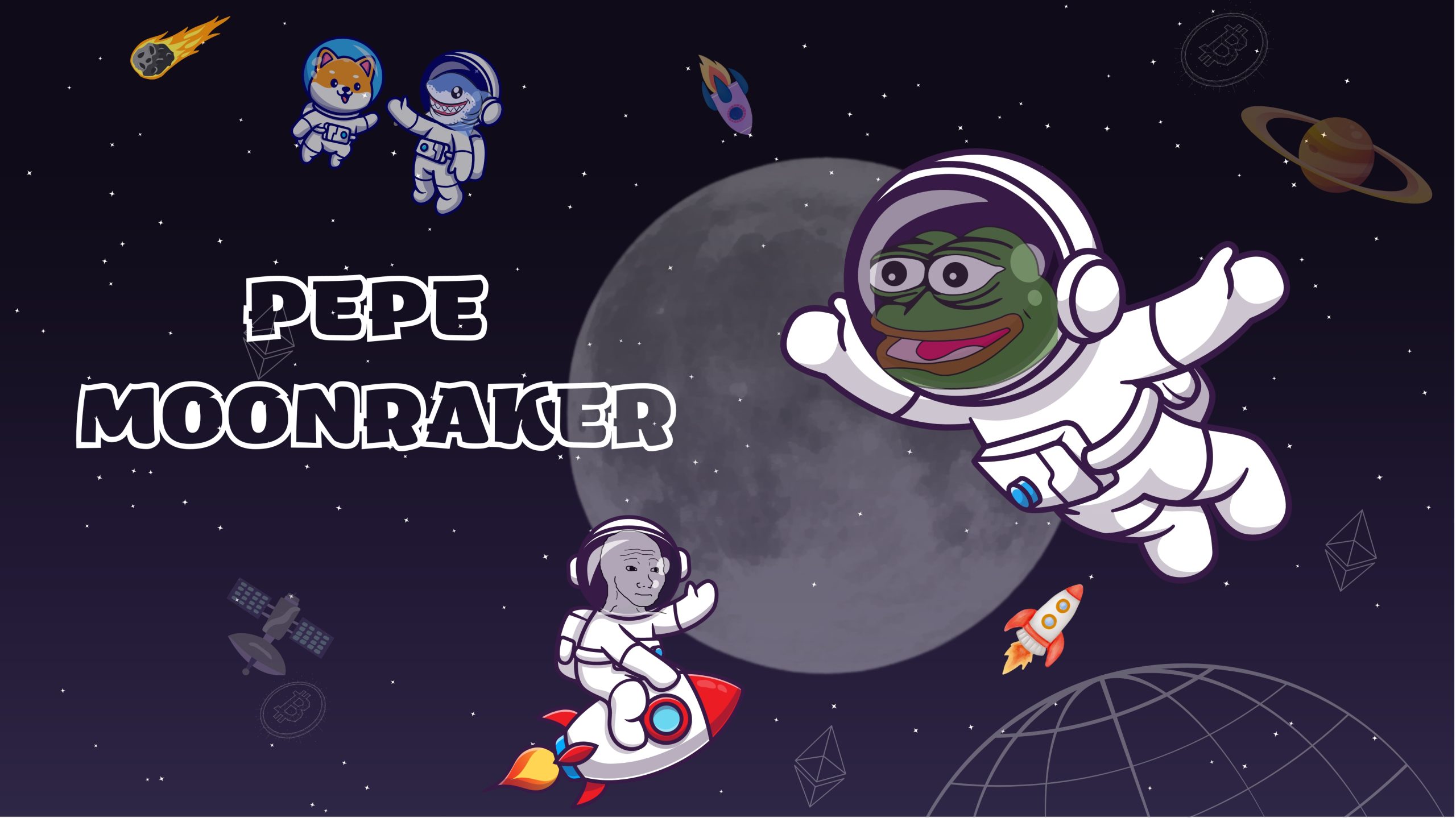Google’s recent plunge into the Web3 ecosystem marks a monumental shift in the digital realm, blending the boundaries between traditional tech giants and the burgeoning world of decentralized technologies. As the tech behemoth steps into this new frontier, it prompts a deeper examination of what this means for the evolution of the internet and the principles underpinning Web3.
Web3 represents a radical departure from the centralized architecture of the current web. Unlike Web2, which is dominated by a few major corporations controlling vast amounts of data and user interactions, Web3 envisions a decentralized internet where users have greater control and ownership of their digital presence. This vision is built on blockchain technology, which promises enhanced security, transparency, and democratization.
Google’s entrance into Web3 is more than just a strategic pivot; it’s a potential game-changer. The company’s robust technological infrastructure, extensive resources, and global reach could significantly accelerate the development and mainstream adoption of decentralized technologies. For instance, Google’s expertise in cloud computing and artificial intelligence could be harnessed to address some of the key challenges facing Web3, such as scalability and user experience. By leveraging its technological capabilities, Google could help improve the performance and accessibility of decentralized applications (dApps), making them more viable for everyday users.
However, this involvement raises critical questions about the preservation of Web3’s core values. At its heart, Web3 is about decentralization—distributing control away from centralized entities and empowering individuals. Google’s vast influence and data-gathering capabilities starkly contrast with these principles. Critics worry that the company’s participation might lead to a scenario where decentralized technologies become co-opted by corporate interests, diluting the very ideals that Web3 seeks to uphold.
A primary concern is the potential for centralization within a decentralized framework. Google’s integration into Web3 could result in a hybrid system where the benefits of decentralization are overshadowed by the dominance of a few powerful players. For instance, if Google were to create or support a proprietary blockchain platform, it could inadvertently centralize certain aspects of the Web3 infrastructure, thus contradicting the decentralization ethos.
Moreover, Google’s entry into the space could introduce new dynamics of market control. The company’s substantial financial resources might allow it to gain a disproportionate influence over the development of Web3 standards and protocols. This could lead to a scenario where Google sets the terms of engagement for decentralized technologies, potentially stifling innovation from smaller players and startups.
On the flip side, Google’s involvement could also act as a catalyst for broader adoption and acceptance of Web3 technologies. The company’s massive user base and established infrastructure could help bridge the gap between traditional internet users and the decentralized web. For example, Google’s engagement with Web3 could lead to the development of user-friendly interfaces and applications that make blockchain technology more accessible to the general public.
Additionally, Google’s resources could be instrumental in addressing scalability issues that have plagued blockchain networks. High transaction fees and slow processing times have been significant barriers to the widespread use of decentralized applications. Google’s cloud services and data centers could provide the necessary support to enhance the performance of blockchain networks, making them more practical for everyday use.
As Google continues to explore its role in Web3, the tech community will be closely monitoring how it navigates this complex landscape. The company’s approach will likely influence how other major tech players engage with decentralized technologies. If Google can strike a balance between leveraging its technological strengths and respecting the foundational values of Web3, it could play a pivotal role in shaping the future of the internet.
Ultimately, the intersection of Google and Web3 presents both opportunities and challenges. It offers the potential for significant advancements in technology and user experience, but it also raises important questions about the integrity and evolution of decentralized principles. As the Web3 ecosystem continues to develop, the tech world will watch with bated breath to see how this high-profile collaboration unfolds and what it means for the future of the digital landscape.

